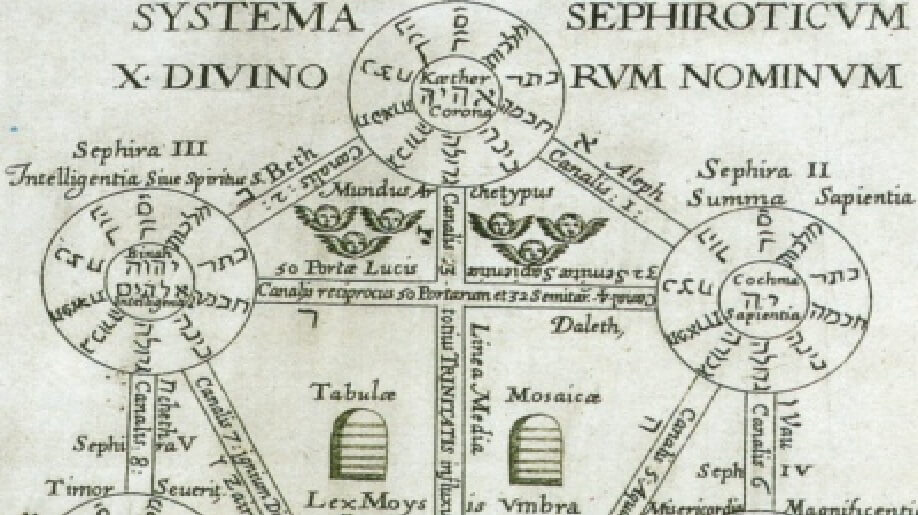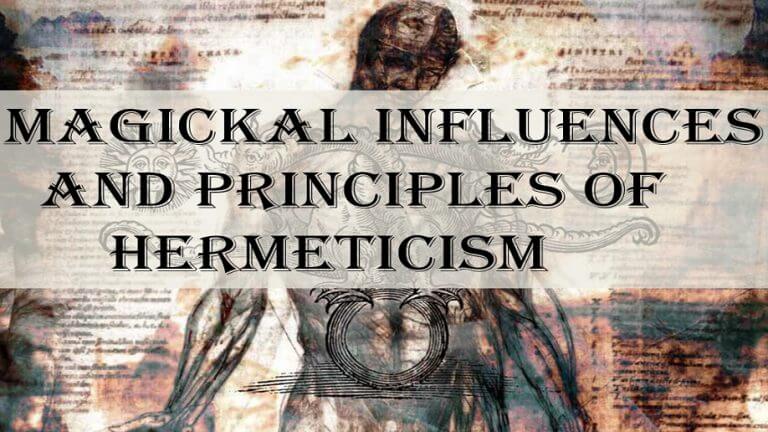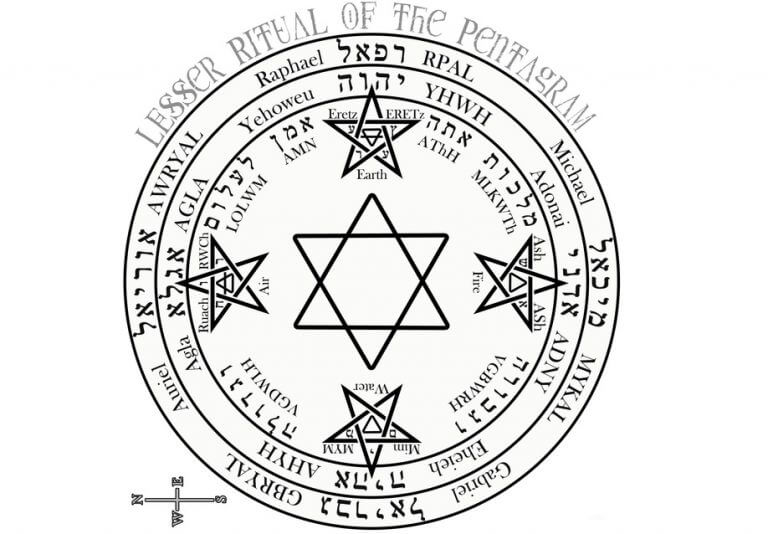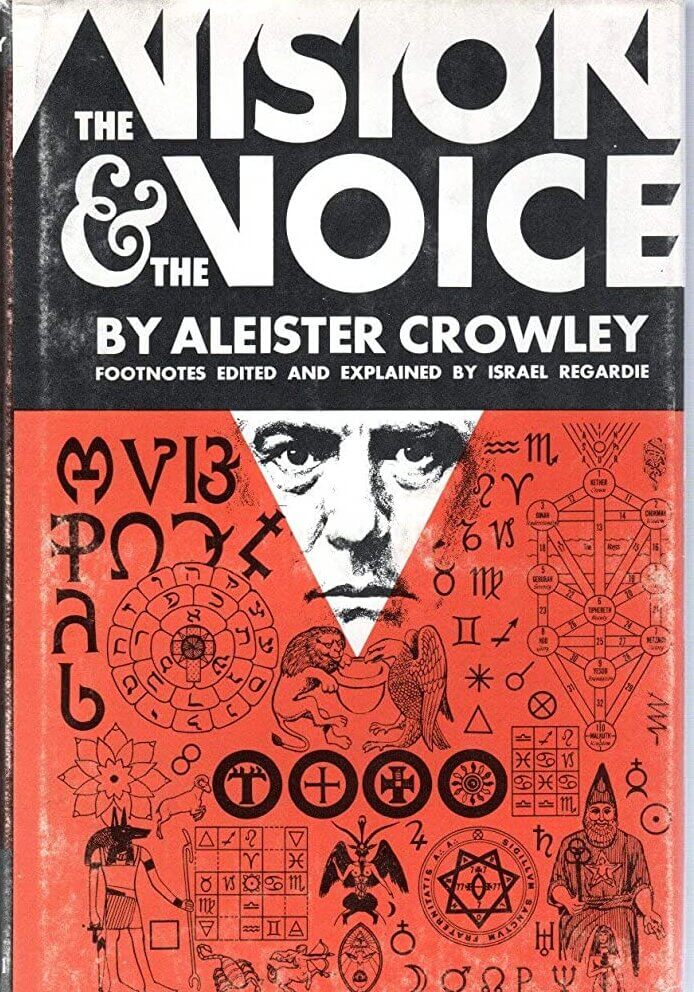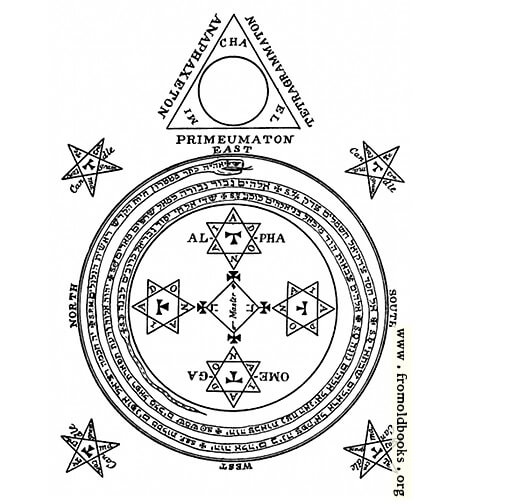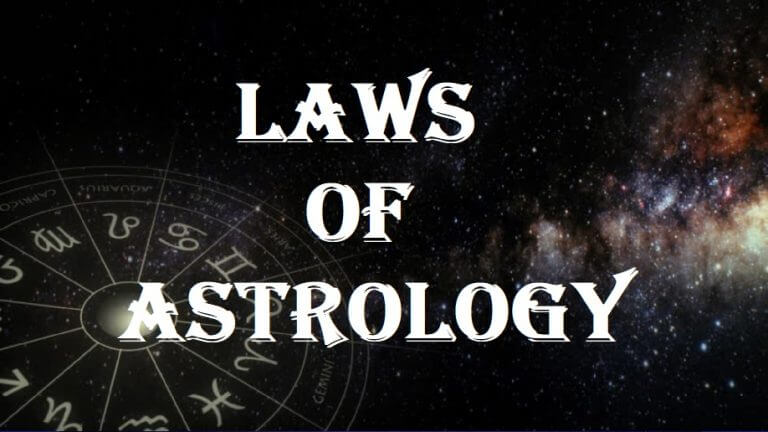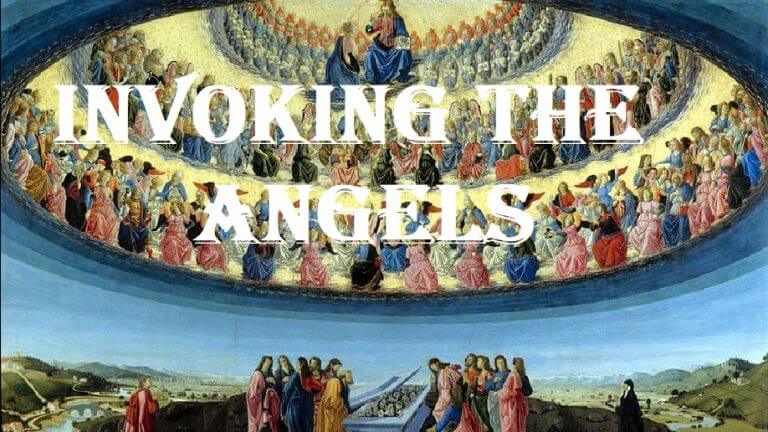THE HERMETIC QABALAH
Qabalah, also known as Hermetic Qabalah, is a western mystical and esoteric culture in which a magician can create subtle alterations in the greater realms. This, in turn, produces a physical outcome. It has turned out to be the basis of the philosophy and structure for influential magical and mystical civilizations like the Golden Dawn, the builders of the Adytum, the Thelemic orders and the Fellowship of the Rosy cross. More so, it can be regarded as the precursor to the Wiccan, Neopagan as well as the New Age movement. It brings on vast many forces, most prominently: Western astrology, Jewish Kabbalah, alchemy, tarot, Neoplatonism, pagan religions (particularly Greco-roman and Egyptian), Freemasonry, Rosicrucianism, and hermeticism. The Hermetic Qabalah varies from the Jewish custom in being a larger admittedly syncretic system; nevertheless, it has many concepts in common with Jewish Kabbalah.
The spelling of qabalah with a Q was initiated by Mathers to distinguish the Hermetic Qabalah from the Jewish Kabbalah which has grown on a way of its own. A highly essential disparity between these customs is the role played by the symbols.
A basic idea of Hermetic Qabalah is the essence of holiness, its idea of which is quite considerably divergent from that given in monotheistic doctrines; in particular, there is not the stringent division between man and divinity man which is observed in monotheisms. Hermetic Qabalah maintains the Neoplatonic idea that the unmistakable universe, of which material making is a component, arises as a range of arising from the divinity.
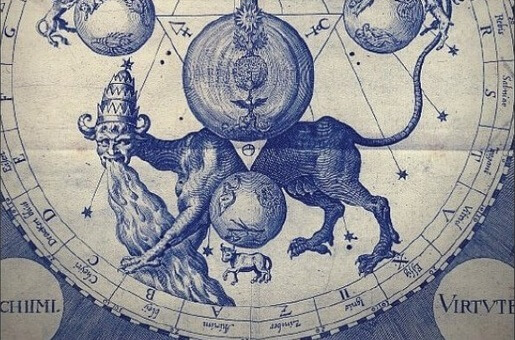 The beginnings of the creation originating from Ain Suph Aur are 10 and are known as Sephiroth. These are imagined moderately differently in Hermetic Qabbalah to the extent they are in Jewish Kabbalah.
The beginnings of the creation originating from Ain Suph Aur are 10 and are known as Sephiroth. These are imagined moderately differently in Hermetic Qabbalah to the extent they are in Jewish Kabbalah.
Each of these ten is regarded to be an origin of the mystical energy which flows from those that are not manifested by Kether into the exhibition. This stream of light is symbolized by the lightning beam given on diagrams of the sephirot tree which crosses through each sephirah in turn as per their enumerations.
Every sephirah represents a nexus of mystical energy and each is assigned some of attributions. The attributions allow the Qabalist to create a perception of each specific sephirah’s features. This way of using many attributions for each sephirah is a model of the distinct quality of Hermetic Qabalah. For instance, the sephirah Hod holds the attributions of; Perfect intelligence, Glory, the Roman god Mercury, the Egyptian god Thoth, the eights of a tarot deck, the archangel Michael, and the alchemical factor Mercury. The universal principle applied is that the Qabalist will reflect on all the attributions and by this expects to get a comprehension of the nature of the sephirah.
The roots of the Hermetic Qabalah
The essence of the qabalistic culture is the teachings of Jewish mysticism, build on an esoteric understanding of the top five books of the Bible. The tradition emerged between 400 and 700 A.D. a notable kabbalistic exposition: Book of Formation (the Sepher Yetzirah). It discusses the creation of the whole universe through the 22 Hebrew letters and explains the idea of the 10 Sephiroth. Later in the Late Eleventh Century, Sepher ha-Bahir, another popular paper was published. It talked about a secret Tree that was made from the Sephiroth which were deemed origins of eternal light. After this, other documentations followed. All of these popularized it more.
The integration with hermeticism throughout the renaissance
The first Jewish mystery custom was drawn into Christian circles at the time of the Renaissance. Cosimo de Medici, from a popular family that governed the city of Florence for at least three centuries, built a Platonic Academy. In the year 1460, he let Marsilo Ficino who was Magician and scholar into Latin. It was deemed the work of Thrice-Greatest Hermes (god Hermes), a Greek mode of Thoth, as well as the Egyptian god of wisdom and divination.
Some years later, Pico Della Mirandola, who was a scholar at the Academy, translated some of the common qabalistic texts into Latin. He went ahead and debated that both the kabbalah and magic explained the real foundation of Christianity. From this open-minded Renaissance environment, a course of thinking was finally established and Kabbalah and hermeticism became more intertwined. Later, they were impacted afresh by systems such as John Dee’s Enochian incantation and Rosicrucianism.
